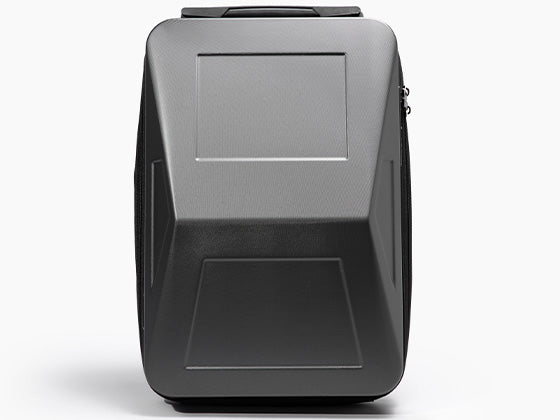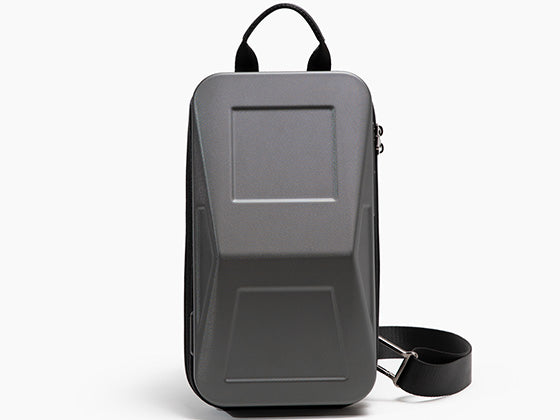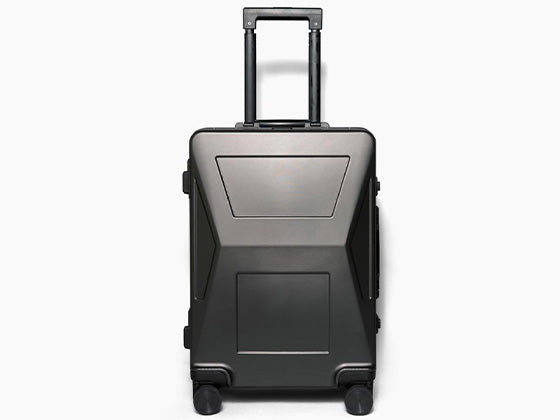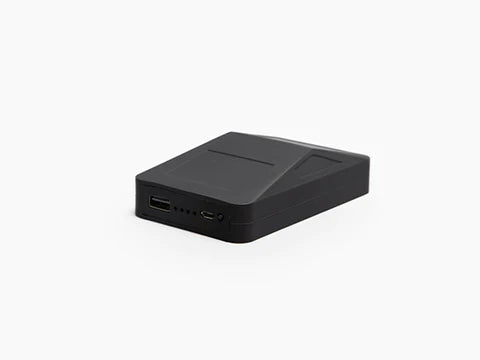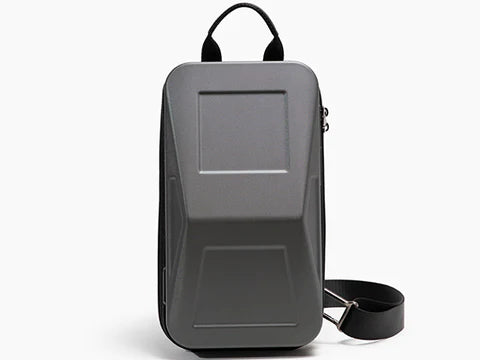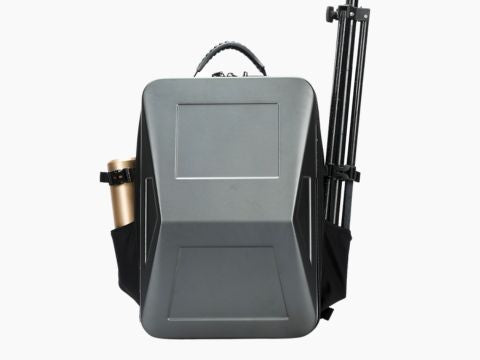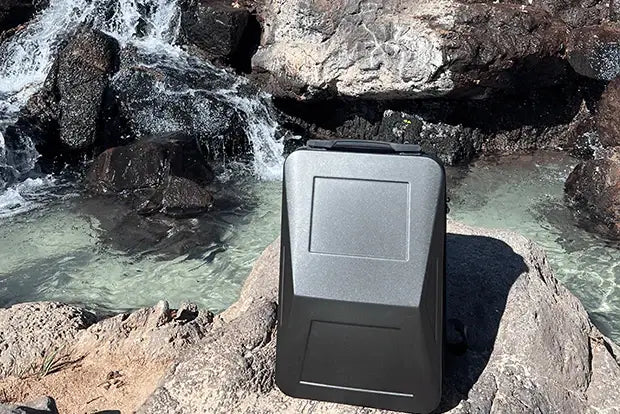Are you an aspiring artist looking to improve your drawing skills? One fun and practical way to practice is by drawing a backpack. This simple object can be a great subject for beginners, as it has a variety of shapes and textures to work with. For instance, our Cyberbackpack has a very unique shape as seen in the photo above.
Here's a simple guide.

To get started, the first thing you need to do is collect your sketching supplies. You are going to need a pencil, an eraser, and some paper. If you want your work to have a more polished appearance, you may also try using charcoal, colored pencils, or watercolors.
The next step is to examine a picture or genuine backpack as a point of reference to obtain a feel of the general form and dimensions of the rucksack. Begin by sketching the general shape of the bag, paying special attention to the straps and the main body. Pay close attention to the manner in which the straps bend around the body of the bag and attach to it.
After you have the fundamental structure in place, the next step is to fill in the specifics. Start by examining the backpack's zipper as well as any pockets or compartments it may have. Take note of the creases and folds in the cloth, and do your best to convey this textured appearance in your painting.
The buckles and any other hardware needed for the backpack should be added next. These may be challenging to draw, so be sure to take your time and refer to images for guidance while you work.
When you have finished adding all of the features to your design, it is time to apply shading so that your picture has volume and depth. Create the effect of light falling on the bag by alternating between bright and dark strokes with your pencil. You may also give the straps a more realistic appearance by adding shadow to the area below them.
When sketching a backpack, it is also helpful to pay attention to the kind of fabric that it is constructed out of. Is it made of canvas, leather, or possibly a man-made substance like synthetic leather? When sketching, you need to be sure to take into consideration the fact that various kinds of materials have varying appearances and textures.
For instance, a backpack made of canvas will have a look that is rougher and more textured, but a backpack made of leather would have an appearance that is smoother and more polished. Spend some time looking at the reference picture, and then attempt to recreate the material's texture in your drawing using what you learn from the photo.
In addition, make sure you don't overlook the several color options for the bag. The vast majority of backpacks are not a single, plain color but rather include a variety of hues and patterns on their surfaces. You may add these elements to your drawing using colored pencils or watercolors, which will help it seem more lively and lifelike.
Consideration of the backpack's viewpoint is also another essential component of the sketching process. Is the backpack tilted in a different way from how it seems to be facing you, or does it face you head-on? Because of the significant impact this may have on the way the straps and compartments turn out in your drawing, it is essential that you keep this in mind from the very beginning.
Draw a line to show the direction the bag is facing to get started creating a rucksack from a different angle. This will serve as a reference for the remainder of the drawing that you are creating. Draw the contour of the bag, paying close attention to the how the straps and compartments alter their form depending on the angle at which the rucksack is held.
Repeat the steps you used to add the details and shading once you have completed the fundamental outline. When adding the features and shading to the bag, be sure to keep in mind the angle of the backpack. Doing so will help you produce a picture that is more realistic and accurate.
In conclusion, sketching a rucksack from an unusual angle may be an excellent approach to push yourself creatively and enhance your drawing abilities. You may produce a lively and realistic drawing of the backpack if you pay attention to the angle of the bag and add the details very carefully. This will allow you to capture the spirit of the item.
In general, sketching a backpack may be a fun and gratifying method to enhance your drawing talents. It can also be a challenging way to improve your drawing skills. If you want to produce amazing works of art, working with a straightforward item like a bag will help you improve your abilities and become more proficient. This is true regardless of your level of artistic expertise. Now is the time to start sketching, so get some paper and pencils and get to work!
In the end, the secret to successfully sketching a bag is in paying close attention to the details and taking your time with the process. Take your time and pay close attention to every facet of the bag you are making, from the general form down to the tiniest of details. Do not hurry through the procedure. You will be able to design a magnificent rucksack that you will be pleased with if you put in the effort and practice it often.
At this point, take a moment to look at your drawing from a distance. Is it a faithful portrayal of a backpack, or does it appear unrealistic? If not, have no fear since repetition is the key to success! If you continue to hone your sketching talents, you'll soon be able to create a bag without any difficulty at all.
Conclusion
Drawing a backpack may be a fun and hard method to enhance your drawing abilities. In conclusion, drawing a backpack can be a fun way to improve your drawing skills. You may produce a drawing of a backpack that is realistic and detailed by starting with a photograph as a reference, paying attention to the details, and adding shading. You will be able to make magnificent drawings of a wide variety of items if you put in the time and effort to practice.
You can also watch the video below.
